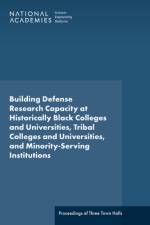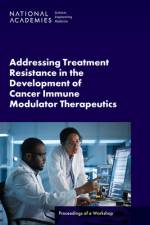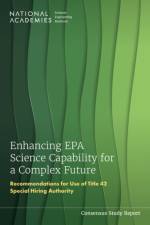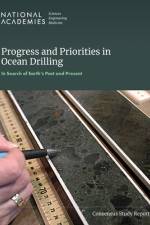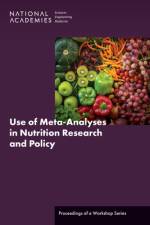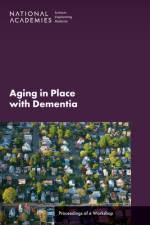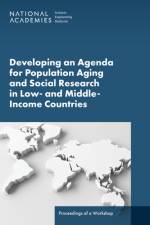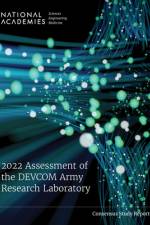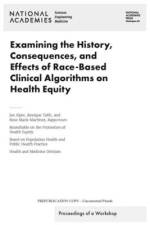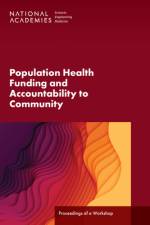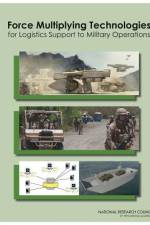- A New Era for Biology and Medicine
485
Concerted efforts to deepen understanding of RNA modifications and their role in living systems holds the potential to advance human health, improve crop yields, and address other pressing societal challenges. RNA, which carries the information encoded by DNA to the places where it is needed, is amazingly diverse and dynamic. RNA is processed and modified through natural biological pathways, giving rise to hundreds, in some cases thousands, of distinct RNA molecules for each gene, thereby diversifying genetic information. RNA modifications are known to be pivotal players in nearly all biological processes, and their dysregulation has been implicated in a wide range of human diseases and disorders. Yet, our knowledge of RNA modifications remains incomplete, hindered by current technological limitations. Existing methods cannot discover all RNA modifications, let alone comprehensively sequence them on every RNA molecule. Nonetheless, what is known about RNA modifications has already been leveraged in the development of vaccines that helped saved millions of lives worldwide during the COVID-19 pandemic. RNA modifications also have applications beyond health, for example, enhancing agricultural productivity. Charting a Future for Sequencing RNA and Its Modifications: A New Era for Biology and Medicine calls for a focused, large-scale effort to accelerate technological innovation to harness the full potential of RNA modifications to address pressing societal challenges in health, agriculture, and beyond. This report assesses the scientific and technological breakthroughs, workforce, and infrastructure needs to sequence RNA and its modifications, and ultimately understand the roles RNA modifications play in biological processes and disease. It proposes a roadmap of innovation that will make it possible for any RNA from any biological system to be sequenced end-to-end with all of its modifications - a capability that could lead to more personalized and targeted treatments and instigate transformative changes across various sectors beyond health and medicine.





